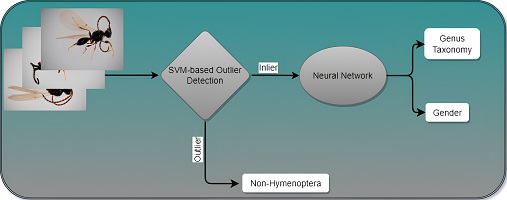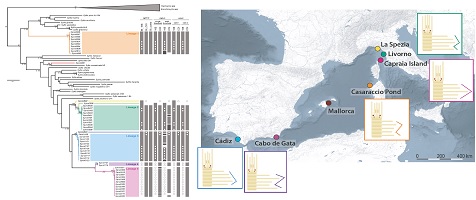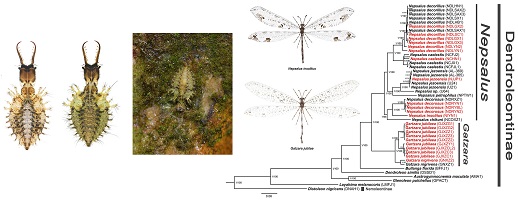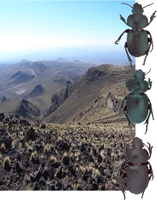Discovering insect diversity is crucial, as species play vital roles in ecosystems. Yet an astounding 80% of hymenopteran species remain undescribed. Our research improves species identification through an AI-driven approach. Our image recognition system focuses on the Diapriidae wasp family. Harnessing the power of neural networks and using detailed images paired with DNA data has enabled the accurate distinction of wasp genera and sex determination. This unlocks biodiversity secrets and progresses conservation and ecological understanding. (Image credit: Hossein Shirali.)
IS24011 Abstract | IS24011 Full Text | IS24011PDF (2 MB) Open Access Article





![Photographs of freshwater mussel specimens of Scabies longata [=Nodularia douglasiae syn. nov.] (left) and Scabies chinensis [=Nodularia nuxpersicae syn. nov.] (right).](/temp/IS24020_TOC.jpg)




